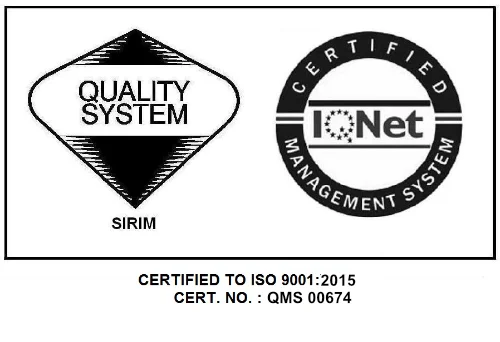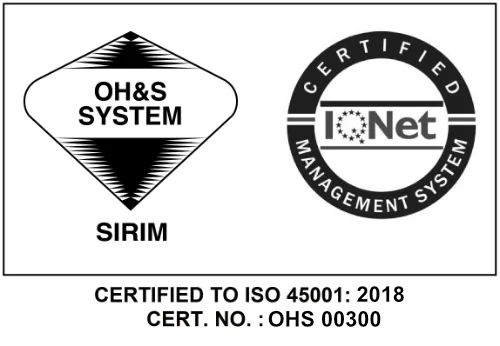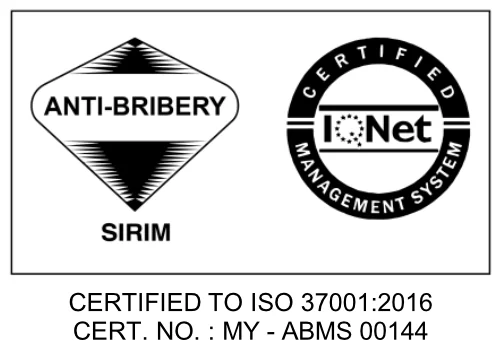
Adopting Building Information Modelling (BIM) technology represents paradigm shift in how construction projects are planned, executed, and managed. By leveraging BIM, engineers and contractors are empowered to revolutionise design coordination, proactively identify issues, and mitigate risks, thereby enhancing project efficiency and reducing the likelihood of delays or problems on site.
HSS Engineers’ BIM Global Ventures (BGV) team is at the forefront of delivering BIM on projects in Malaysia. With years of experience across MRT2 in Kuala Lumpur, RTS in Johor and several JKR projects, they have been driving innovation on these projects with BIM processes and procedures.
Improved Design Coordination
BIM is a collaborative platform that enables multidisciplinary teams to work together seamlessly throughout the project lifecycle. It facilitates enhanced design coordination by creating a centralised digital model encompassing all building aspects, including architectural, structural, and MEP (mechanical, electrical, and plumbing) systems. Engineers and contractors can visualise the entire project in 3D, identify potential clashes or conflicts early in the design phase, and implement necessary adjustments before construction begins. This proactive approach minimises rework, optimises resource utilisation, and improves project execution.
Early Problem Identification
One of the most significant advantages of BIM is its capability to detect problems and conflicts at an early stage, long before they manifest on the construction site. BIM software identifies spatial and logistical conflicts between building components or systems through clash detection processes and simulations. This allows engineers and contractors to address issues promptly, refine designs, and ensure constructability, reducing the likelihood of costly delays or disruptions during construction. Additionally, BIM facilitates the creation of detailed construction sequencing and phasing plans, enabling project teams to identify and mitigate potential logistical challenges before they impact the construction timeline.
Risk Reduction
By facilitating improved design coordination and early problem detection, BIM is crucial in mitigating risks associated with construction projects. The ability to identify and address issues in the virtual environment minimises uncertainties during the construction phase, leading to more predictable project outcomes. Furthermore, BIM enables stakeholders to simulate various scenarios, analyse the impact of design changes, and make informed decisions that optimise project performance and mitigate potential risks. This proactive risk management approach enhances project resilience, improves stakeholder confidence, and ultimately contributes to successfully delivering construction projects within budget and schedule constraints.
The adoption of Building Information Modelling (BIM) is transforming the construction industry by enabling engineers and contractors to improve design coordination, detect problems earlier, and reduce the risks of delays or issues on site. By embracing BIM as a collaborative platform for project planning and execution, construction stakeholders can optimise efficiency, enhance project outcomes, and drive innovation in the built environment.
The following article in this series will address using AR and VR technologies for immersive training and enhanced project visualisation, improving safety and project outcomes despite challenges in developing tailored content.
Article 1: HSS Engineers Berhad: Embracing Technological Advancements in Construction
Article 2: Advantages and Challenges of Implementing Technology
Article 4: The Role of AR and VR in Training and Visualisation
Article 5: Ensuring Design Quality in Construction














